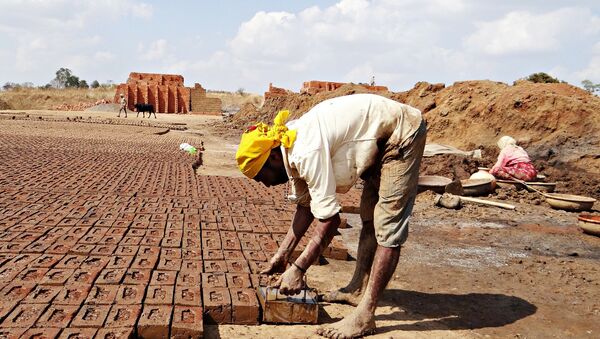According to a research paper issued jointly by the International Labor Organization (ILO), and Walk Free Foundation, in partnership with the International Organization for Migration, around 152 million juveniles, aged 5-17, are subject to child labor, and women and girls are disproportionately affected by modern slavery, accounting for almost 29 million of the total, or 71 percent.
“The extent and scale of this problem are really scary and we need to tackle that. We also mentioned cases of forced marriage that put women and men in a situation of absolute control by his or her partner,” De Cock said.
Fiona David, executive director of global research at Australia-based Walk Free, said the estimated number of victims contrasted sharply with the mere "tens of thousands" of slavery cases that have gone before authorities.
The report found more than a third of the 15 million victims of forced marriage were aged under 18 when wed, and nearly half of those were younger than 15. Nearly all of them were female.
REPORT: New data shows 40 million in modern slavery and 152 million in child labour around the world. https://t.co/Zi6vG5QwHR pic.twitter.com/USWKf6oZ9s
— ILO (@ilo) 19 сентября 2017 г.
When asked to name countries where the amount of slavery is very prevalent, Michaelle De Cock said that they do not provide national figures.
“What is important is for all countries to start realizing the scale and form of slavery existing there and start data collection so that we can detect all these victims of slavery,” she noted.
She added that people need to be more attentive to manifestations of slavery around them and alert the authorities. As for governments, they should set up efficient labor inspectorates trained in detecting such cases.
“Apart from ensuring proper oversight over the conditions people work in, these inspectorates should keep an eye on all cases of violations of the workers’ freedoms,” she continued.
“We are working with governments helping them detect such cases by the local law enforcement authorities.”
“We devise proper ways of data collection to help policymakers better understand exactly who is at risk so that they can better protect people,” Michaelle De Cock noted.
“This work is just fascinating and is now taking place in more and more countries,” she added.



